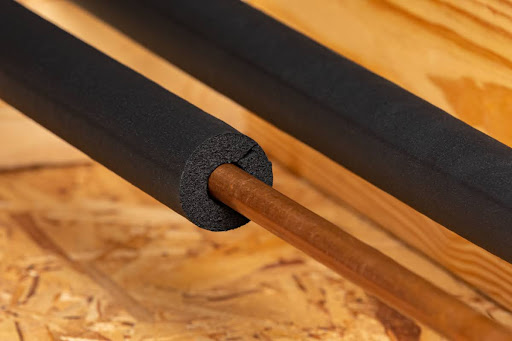
How to Winterize a Home Plumbing System
When chilly weather blows in, it’s crucial to protect your home against the cold’s potentially damaging effects. One key aspect of home maintenance during winter is winterizing your plumbing system. This process ensures that your pipes and plumbing infrastructure are safeguarded against the harsh winter conditions, preventing issues like frozen pipes and costly repairs. In this blog, we’ll explore essential steps and tips for winterizing pipes and your entire plumbing system, helping you maintain a warm and safe home.
Understanding the Importance of Winterizing Pipes
Winterizing pipes is not just a preventive measure but an essential one. When water freezes, it expands, which can cause pipes to burst, leading to significant water damage and expensive repairs. By understanding how to winterize a home plumbing system, you can avoid these issues and ensure your household plumbing remains intact and functional throughout the cold season.
Insulate Pipes
One of the most effective ways to prevent freezing pipes is to insulate them. Foam pipe insulation is an affordable and easy-to-install option. Focus on pipes located in unheated spaces like crawl spaces, garages, and exterior walls. Wrap pipes with insulation materials, ensuring they are properly insulated against the cold air.
Seal Off Cold Air Entry Points
Cold air entering your home can cause your pipes to freeze — which is an issue you’ll want to avoid at all costs. Check for visible cracks and openings around your home, especially near plumbing pipes. Use spray foam insulation or caulking to seal these areas, keeping frigid outside air out and warm air in.
Drain Outdoor Faucets and Hoses
Disconnect garden hoses and drain outdoor faucets to prevent freezing. If your home has a shut-off valve for exterior hoses, turn it off. Drain valves and hose bibs should also be emptied as part of the winterizing process.
Protect Your Water Heater
Winterizing pipes is just the beginning. Your hot water tank is another critical component of your plumbing system, especially during the winter, so you’ll want to ensure it will continue to work properly when it gets cold outside. Check the tank for any signs of wear or leaks. Flush the water heater to remove sediment, which can hamper efficiency. Also, inspect the heating elements to ensure they are in good working order.
Maintain a Steady Indoor Temperature
Keeping your home at a consistent temperature helps prevent freezing pipes. Even when you’re not home, ensure the temperature doesn’t drop too low. This step is particularly important for pipes installed in walls facing the exterior of your house.
Allow Faucets to Drip
Allowing a faucet to drip slightly during extremely cold weather can prevent pressure build-up in the pipes, reducing the risk of them freezing and bursting. This is especially useful for plumbing on exterior walls.
Utilize Heating Cables or Heat Tape
For particularly vulnerable pipes, such as those in unheated spaces or exterior walls, consider using heating cables or heat tape. These products provide direct warmth to the pipes, helping to keep them above freezing temperatures.
Keep Cabinet Doors Open
In kitchens and bathrooms, keep cabinet doors open to allow warm air to circulate around the plumbing. This is particularly effective for pipes under sinks that are against exterior walls.
Know Your Home’s Plumbing Layout
Although it’s helpful to know how to winterize a home plumbing system, knowing your home’s plumbing layout is just as important. Familiarize yourself with your plumbing system, including the location of the main water supply valve. In an emergency, quickly shutting off the water can minimize damage.
Winterizing Plumbing: A Key to a Cozy Winter
By following these steps and understanding how to winterize a home plumbing system, you can enjoy a worry-free winter. Remember, winterizing plumbing is a proactive approach to maintaining your home’s integrity and comfort.
Need Professional Help? Contact Aberle Plumbing
It’s important for homeowners to understand how to winterize plumbing systems. If you’re unsure about tackling the winterizing process on your own or need professional assistance, Aberle Plumbing is here to help. We offer a range of services, from comprehensive repairs to hydro jetting in Houston, TX, to accommodate your plumbing needs all throughout the year. Our team of experts can ensure that your plumbing system can handle the winter months without a hitch.
Protect Your Home Today
As you can see, there are several steps you can take to winterize your plumbing. From checking for uninsulated pipes in your crawl space to letting your faucets drip, there are many ways to ensure your home remains comfortable and safe when outdoor temperatures drop.
Now that you know how to winterize a home plumbing system, it’s time to be proactive. Don’t wait for freezing temperatures to wreak havoc on your plumbing system. Schedule a service with Aberle Plumbing today and ensure your home is well-protected against the winter’s wrath.
Whether you need a new water heater installation, video camera inspection, or sewer line repair in Houston, we can assist you. And if you find yourself needing a repair due to weather-related damage, be assured that we have your back!
